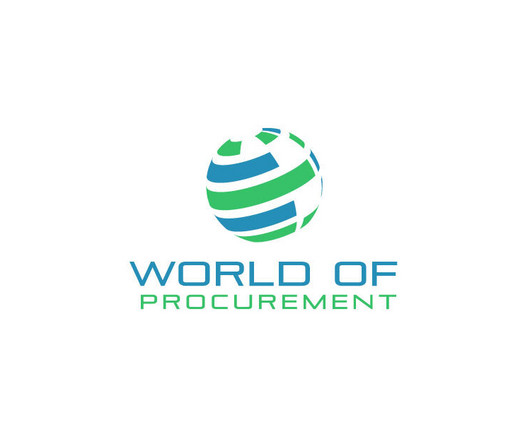Procurement 101: Your Essential Guide to Strategic Sourcing
World of Procurement blog
MAY 8, 2024
Value-add : Procurement aims to add value by optimizing processes, consolidating spend, and building supplier relationships. How can procurement help achieve those aims through better supplier relationships and spending optimization? Purchasing focuses specifically on the buying transaction.












Let's personalize your content